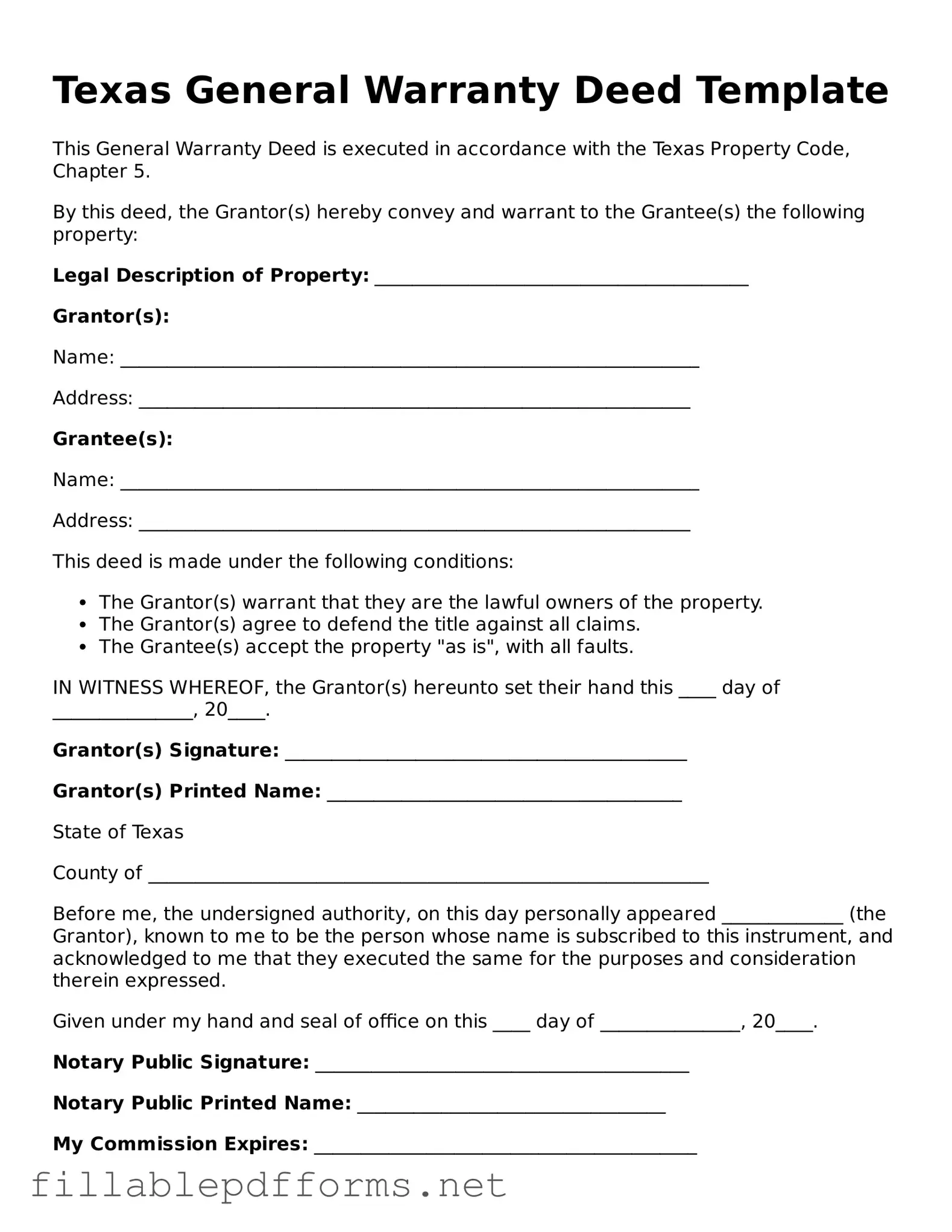Attorney-Verified Deed Form for Texas State
A Texas Deed form is a legal document used to transfer ownership of real property in the state of Texas. This form outlines the details of the transaction, including the parties involved and the property description. Understanding how to properly complete and file this form is essential for anyone looking to buy or sell real estate in Texas.
Launch Editor Here
